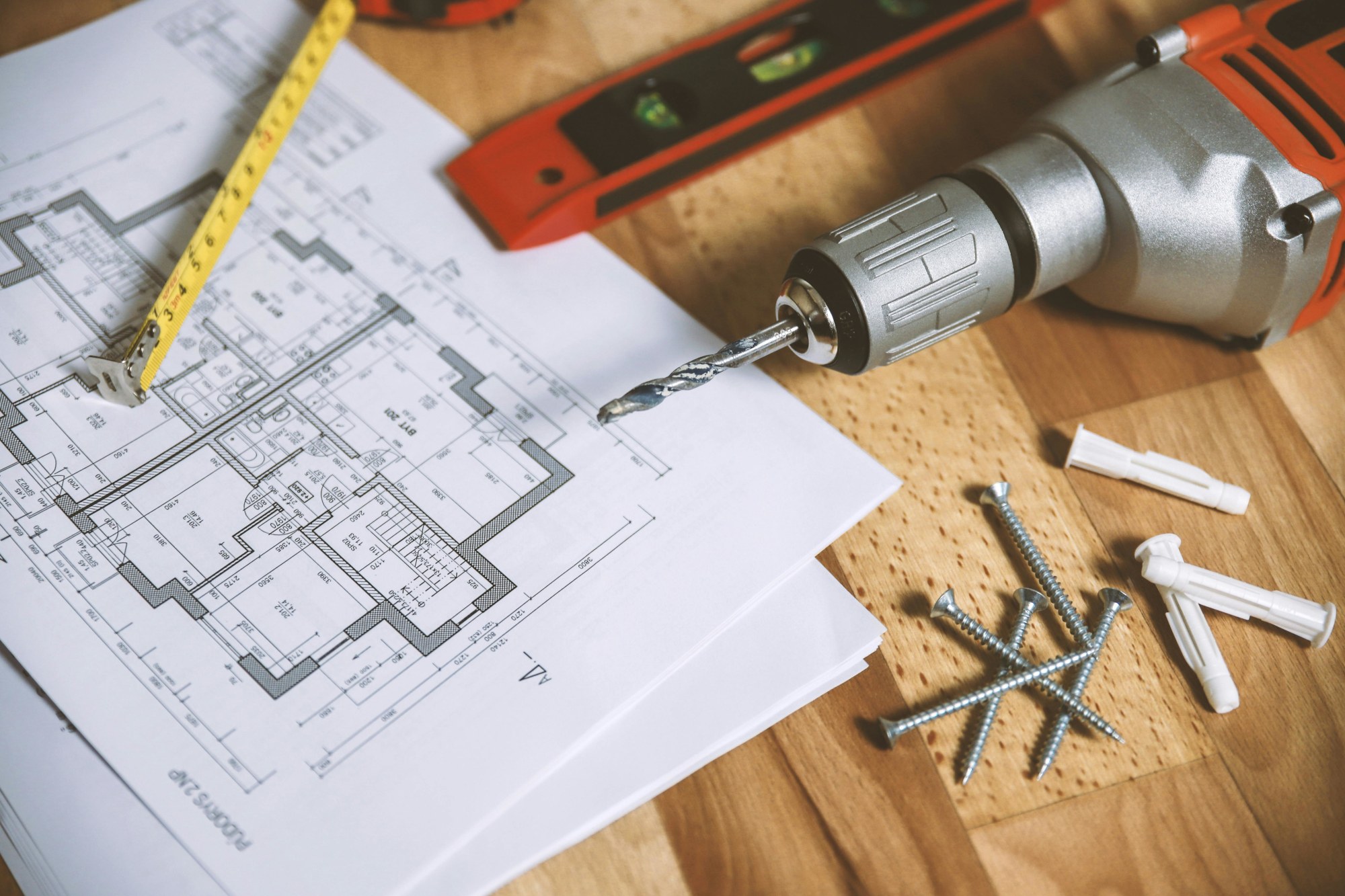Invest
5 helpful hints on depreciating investment property
If you’re a property investor, make sure you’re claiming all the deductions that you can. Property investors often ignore depreciation and miss out on some of the huge tax benefits.
5 helpful hints on depreciating investment property
If you’re a property investor, make sure you’re claiming all the deductions that you can. Property investors often ignore depreciation and miss out on some of the huge tax benefits.

Under Australian income tax law, you are allowed to claim deductions for expenses incurred in earning rent, including the depreciation of assets in the buildings and the cost of the building itself. Read on for five helpful depreciation hints below.
- Investors can claim capital works deductions for the construction cost of residential buildings, and these capital works deductions can amount to large values. Capital allowances can be claimed on your original residential property, where it was constructed after the 15 September 1987, or on any subsequent renovations or improvements completed by the previous owner or yourself, says MCG Quantity Surveyors.
- Investors can also claim depreciation for wear and tear on fixtures and fittings in the property, such as carpet, blinds, wardrobes, curtains, ovens and many more items. Assets are depreciated over their effective life, on which the ATO regularly publishes guidelines.
- As soon as you buy an investment property, you should get a tax depreciation schedule (TDS) prepared by a quantity surveyor. By claiming their full depreciation deductions, property investors can greatly improve the cash flow of any investment property, regardless of whether it is a house or unit. A TDS lists all items in a property that are falling in value, as well as annual depreciation allowances, including capital works deductions. The report can cost between $500 and $1,500 (which is tax deductible) and can cover up to 40 years of deductions.
- Some new properties come with a TDS, but investors should always get their own prepared to ensure they are taking full advantage of depreciation allowances.
- The 2017-18 federal budget limited depreciation claims on properties purchased after 9 May 2017. A property investor can no longer depreciate plant and equipment assets installed by a previous owner. “Only components that you have purchased yourself will be claimable,” says MCG. Properties purchased before 9 May 2017 are unaffected by the changes.

About the author

About the author


Property
North platform adds household reporting feature to boost adviser efficiency
AMP's North platform has launched consolidated household reporting across multiple client accounts, helping financial advisers streamline their client review processes. Read more

Property
What Adds The Most Value To Properties?
Wondering how to up the value of your property? Properties are worth a lot of money in general, but there’s always a way to maximise value. The good news is that most of the things you can do to ...Read more

Property
Centuria reports strong growth in alternative real estate sectors for FY24
Centuria Capital Group has reported significant growth in alternative real estate sectors for the 2024 financial year, driving stable performance and increased guidance for FY25. Read more

Property
How to leverage equity in your home for investment or renovation
Home equity, the value of your property minus any debts owed, is a powerful financial resource many homeowners in Australia can utilize to further their financial goals. Whether you're looking to ...Read more

Property
Exploring REITs: Real estate investment without buying property
Real Estate Investment Trusts (REITs) offer a compelling investment alternative for those interested in the real estate market but may not want to endure the complexities and capital requirements of ...Read more

Property
Retirement communities: a pivotal element in meeting Australia's housing targets
The Retirement Living Council (RLC) has recommended that retirement communities should be considered a vital part in the Australian Government's initiative to fulfill the Housing Australia Future Fund ...Read more

Property
Australians adjust financial strategies amid changing property market dynamics
The 2023 calendar year saw Australian borrowers acquiring a total of $300.9 billion in new loans for property purchases, marking a 12.7% decrease from the previous year. Read more

Property
Split home loans unlocking doors for Aussie buyers
Australians are teaming up to dive into the real estate market and seize the advantages of home ownership, with the trend of split home loans surging as family and friends unite to buy properties ...Read more

Property
North platform adds household reporting feature to boost adviser efficiency
AMP's North platform has launched consolidated household reporting across multiple client accounts, helping financial advisers streamline their client review processes. Read more

Property
What Adds The Most Value To Properties?
Wondering how to up the value of your property? Properties are worth a lot of money in general, but there’s always a way to maximise value. The good news is that most of the things you can do to ...Read more

Property
Centuria reports strong growth in alternative real estate sectors for FY24
Centuria Capital Group has reported significant growth in alternative real estate sectors for the 2024 financial year, driving stable performance and increased guidance for FY25. Read more

Property
How to leverage equity in your home for investment or renovation
Home equity, the value of your property minus any debts owed, is a powerful financial resource many homeowners in Australia can utilize to further their financial goals. Whether you're looking to ...Read more

Property
Exploring REITs: Real estate investment without buying property
Real Estate Investment Trusts (REITs) offer a compelling investment alternative for those interested in the real estate market but may not want to endure the complexities and capital requirements of ...Read more

Property
Retirement communities: a pivotal element in meeting Australia's housing targets
The Retirement Living Council (RLC) has recommended that retirement communities should be considered a vital part in the Australian Government's initiative to fulfill the Housing Australia Future Fund ...Read more

Property
Australians adjust financial strategies amid changing property market dynamics
The 2023 calendar year saw Australian borrowers acquiring a total of $300.9 billion in new loans for property purchases, marking a 12.7% decrease from the previous year. Read more

Property
Split home loans unlocking doors for Aussie buyers
Australians are teaming up to dive into the real estate market and seize the advantages of home ownership, with the trend of split home loans surging as family and friends unite to buy properties ...Read more








